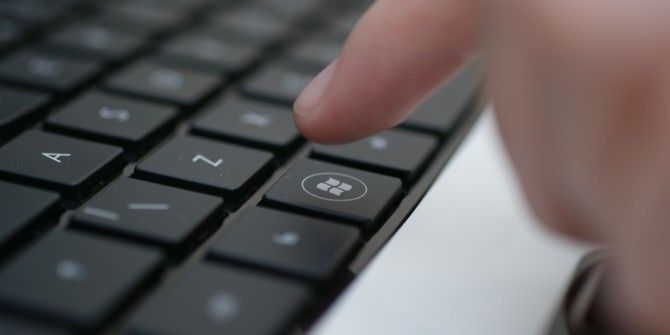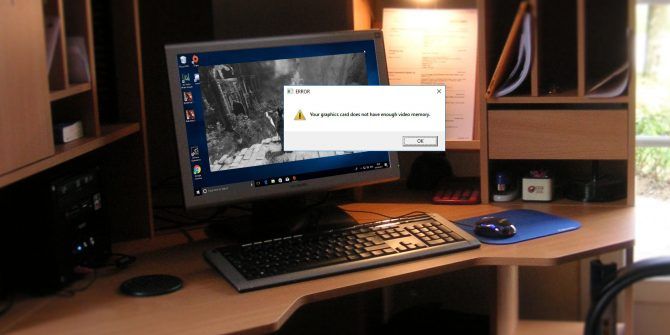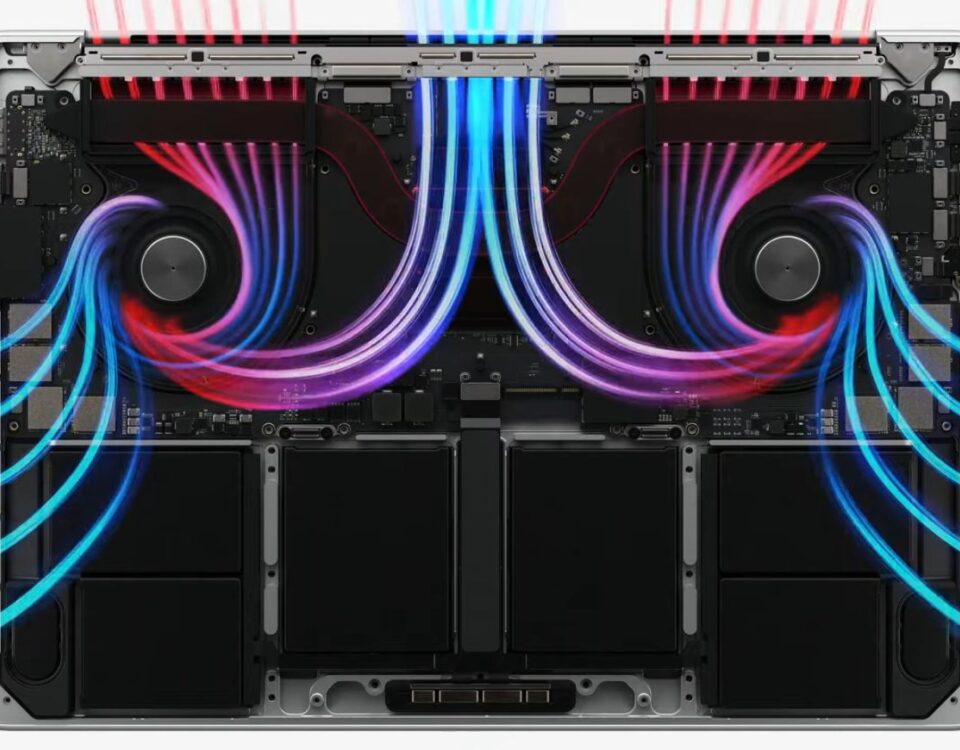
How to Create a Bootable USB Drive From Your Windows CD
12 mayo, 2021
7 formas rápidas de iniciar en el entorno de recuperación de Windows
13 mayo, 2021Windows 10 Won’t Wake From Sleep With Keyboard or Mouse? What to Do

Windows 10 no se despertará del sueño con el teclado o el mouse? Qué hacer
Can’t wake your Windows 10 PC from sleep with your keyboard or mouse? Here’s how to fix that issue.
Sleep mode is a convenient power option for your computer, as it lets you pick up right where you left off. Normally, you only need to hit a keyboard key or move your mouse to wake your PC from sleep.
But what if these don’t work? You can always wake it up with the power button, but using your peripherals is more convenient. Here’s what to do when your keyboard and mouse won’t wake your Windows 10 computer from sleep.
How to Wake Up Your Computer With Keyboard or Mouse on Windows 10
If your mouse or keyboard won’t wake up your PC from sleep, you need to check an option to confirm they’re allowed to do so. Follow these steps:
- Right-click on the Start Button, or press Win + X, to open the Power User menu. Select Device Manager.
- You’ll see a list of categories for the devices connected to your PC. If you can’t wake your PC from sleep with the keyboard, click the arrow next to Keyboards.
- This list will show one or more entries for your PC keyboard. Double-click each one of them in turn, and select the Power Management tab at the top. If you don’t see this tab for a particular entry, move onto the next one.
- On each entry’s Power Management tab, make sure that the Allow this device to wake the computer box is checked. Click OK when done, making sure to do this for all entries.
- Your keyboard should now wake your PC from sleep.
- Repeat these steps for the Mice and other pointing devices category in the Device Manager if you have an issue with your mouse not waking your PC from sleep too.
Be careful when using these options with a laptop. If you have a wireless mouse connected and forget to turn it off, you could accidentally wake your laptop from sleep when it’s in a bag. This could generate a lot of heat, and thus damage your computer, if left for some time.
Other Fixes if Keyboard and Mouse Don’t Wake Your PC
The above steps should allow your PC to wake from sleep in most cases. But in case you still have trouble, there are a few other points to check.
If you don’t see the Power Management tab on any of your keyboard or mice, either your hardware doesn’t support waking the computer from sleep, or you don’t have the proper drivers installed. Check our guide on updating Windows drivers for help on getting the latest ones.
Also, it might sound obvious, but make sure that your keyboard and mouse are working properly overall. If they suddenly don’t do anything, they of course won’t wake your PC from sleep.
Stop Your PC From Shutting Off USB Ports
There’s also a chance that your computer reduces power to its USB ports while asleep. In these cases, it won’t pick up the signal when you move your mouse or press a key. To troubleshoot this, head back to the Device Manager and expand the Universal Serial Bus controllers section.
Like you did earlier, double-click each entry and check the Power Management tab. Disable Allow the computer to turn off this device to save power for each entry, and see if that resolves your issue.
You should also check a setting in your PC’s power plan that allows it to turn off USB ports. Head to Settings > System > Power & sleep and click Additional power settings on the right side. If you don’t see it, expand the Settings window horizontally until it appears.
On the resulting Control Panel page, click Change plan settings to the right of your current plan. Then choose Change advanced power settings to open a window with more options. In that window, expand USB settings, then USB selective suspend setting. Change this dropdown to Disabled and hit OK.
This will keep your system from shutting off USB ports to save power, which should help it wake from sleep with a keyboard and mouse more reliably.
For Bluetooth Mice and Keyboards
If you use a Bluetooth mouse and keyboard, your computer might not receive Bluetooth signals while it’s asleep. You can’t tweak this in the Device Manager, so your best bets are to update your Bluetooth driver or consider getting a newer Bluetooth adapter with better power management.
Wake Your Computer From Sleep the Easy Way
Hopefully you’re now able to wake your computer from sleep just by pressing a key or moving your mouse. Problems usually come down to USB power management, which you can fix with the above.
Unfortunately, this isn’t the only issue you can run into with sleep mode in Windows 10, either.
Read Next
About The Author






